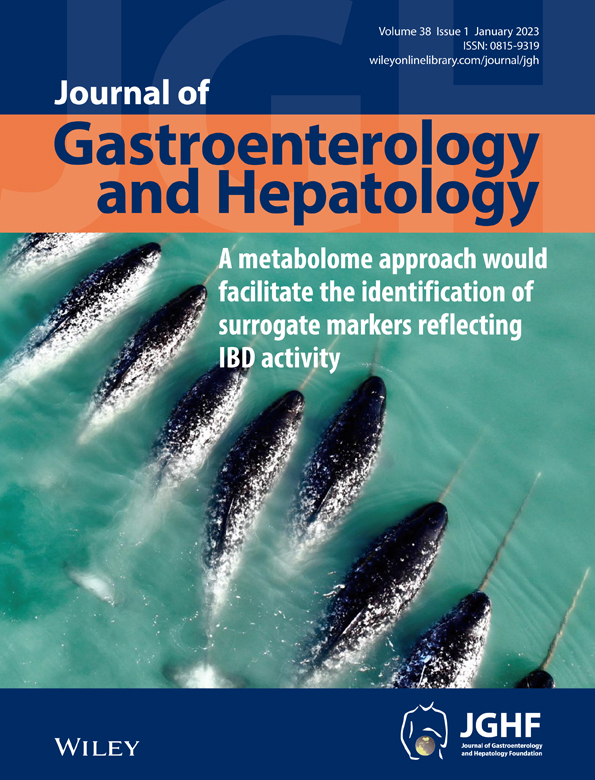Linked color imaging provides enhanced visibility with a high color difference in upper gastrointestinal neoplasms
Declaration of conflict of interest: Osamu Dohi received a research grant from Fujifilm Co., Ltd. Yuji Naito received scholarship funds from EA Pharma. Co. Ltd. and Taiyo Kagaku Co., Ltd.; a collaboration research fund from Taiyo Kagaku Co., Ltd.; and received lecture fees from EA Pharma. Co. Ltd., Miyarisan Pharma. Co. Ltd., Mochida Pharma. Co. Ltd., Mylan EPD Co., Otsuka Pharma. Co. Ltd., and Takeda Pharma. Co. Ltd. Mototsugu Kato received lecture fees from Takeda Pharmaceutical Co. Ltd., and Otsuka Pharmaceutical Co., Ltd. and received scholarship grants from Fujifilm Co., Ltd. The other authors declare no conflicts of interest. These companies had no role in the design, conduct, data collection, data interpretation, or reporting of this study.
Ethical approval: The study was approved by the Ethical Review Committee of each participating institution and conducted in accordance with the Declaration of Helsinki. The study was registered with the University Hospital Medical Information Network Clinical Trials Registry (UMIN000023863).
Financial support: The authors received a financial support from Fujifilm Co. for the research. However, Fujifilm Co. provided no support for writing or preparing this manuscript.
Abstract
Background and Aim
The aim of this post-hoc analysis in a randomized, controlled, multicenter trial was to evaluate the visibility of upper gastrointestinal (UGI) neoplasms detected using linked color imaging (LCI) compared with those detected using white light imaging (WLI).
Methods
The visibility of the detected UGI neoplasm images obtained using both WLI and LCI was subjectively reviewed, and the median color difference (ΔE) between each lesion and the surrounding mucosa according to the CIE L*a*b* color space was evaluated objectively. Multivariate logistic regression analysis was performed to identify factors associated with neoplasms that were missed under WLI and detected under LCI.
Results
A total of 120 neoplasms, including 10, 32, and 78 neoplasms in the pharynx, esophagus, and stomach, respectively, were analyzed in this study. LCI enhanced the visibility 80.9% and 93.6% of neoplasms in pharynx/esophagus and stomach compared with WLI, respectively. LCI also achieved a higher ΔE of enhanced neoplasms compared with WLI in the pharynx/esophagus and stomach. The median WLI ΔE values for gastric neoplasms missed under WLI and later detected under LCI were significantly lower than those for gastric neoplasms detected under WLI (8.2 vs 9.6, respectively). Furthermore, low levels of WLI ΔE (odds ratio [OR], 7.215) and high levels of LCI ΔE (OR, 22.202) were significantly associated with gastric neoplasms missed under WLI and later detected under LCI.
Conclusion
Color differences were independently associated with missing gastric neoplasms under WLI, suggesting that LCI has an obvious advantage over WLI in enhancing neoplastic visibility.




